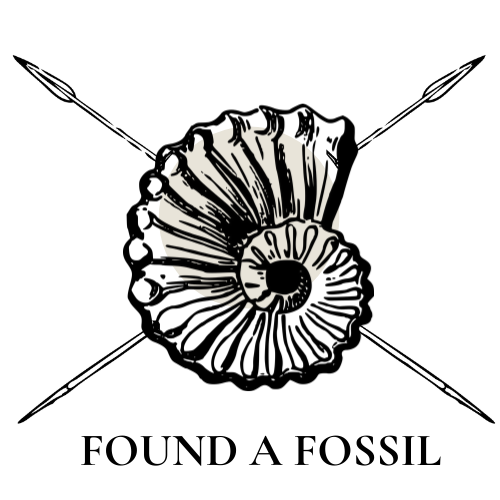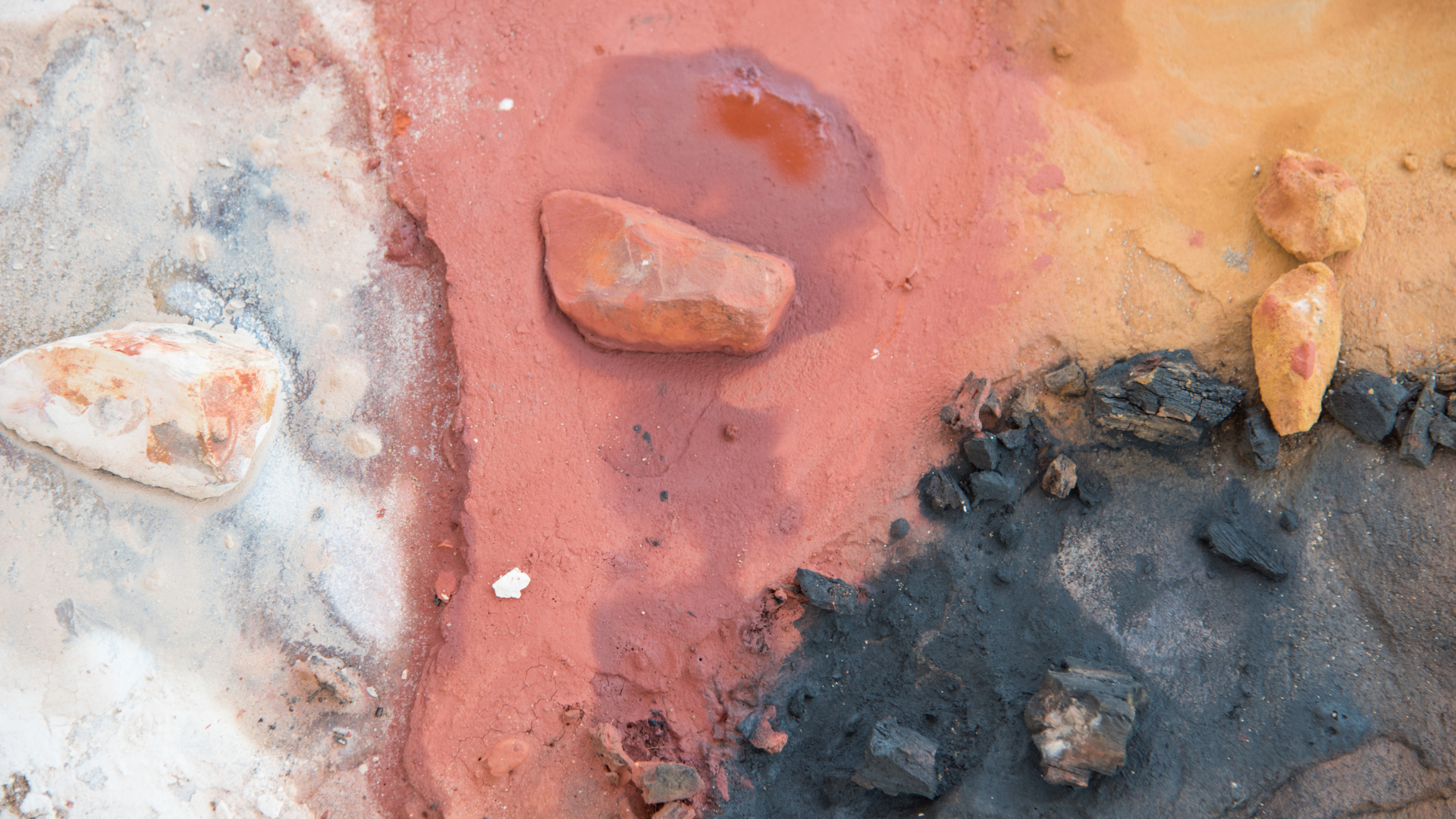Welcome to Found a Fossil!
I am Sally Hurst, a Master of Research candidate at Macquarie University, Sydney Australia, and Found a Fossil is my own creation as part of this project.
Having just completed a double degree in Palaeobiology and Archaeology at Macquarie University, I was trying to figure out how I could combine these two passions in future study or a career. I was thinking about fieldwork opportunities, research paths, institutions I may want to work at. Through that journey I realised that if I was ever to actually do fieldwork, or even just happened to find a fossil or artefact, I would have no idea what to do with it – who was I meant to call or contact? What was I meant to do?
I figured that if I, someone who had spent the last four years learning about fossils and archaeology in an Australian university, wasn’t taught this, there was a fair chance that a lot of other people, including farmers, bushwalkers, and the rest of the general public, also may have no idea what to do if they found heritage material. And suddenly, I had an idea for research project.
Me and our family dog Bear at my Mum’s farm near Canberra where I grew up.
Tickalara, an Aboriginal word meaning ‘Happy Hunting Ground’, and the name of our farm.
Coming from a farming background, with my two degrees under my belt, I set out to design a project that would survey the general public, including farmers, children, and Aboriginal and Torres Strait Islander Peoples about what they would do if they ever did find a fossil or an Aboriginal/Torres Strait Islander artefact.
It’s a pretty touchy subject, seeing as there is a lot of myths out there that if you find heritage material on your property, your land can be taken from you (this is false by the way), and the fact that there has been a history of inadequate (and frankly pretty racist) legislation when it comes to the protection of Aboriginal and Torres Strait Islander heritage material.
As it is so touchy, there has been almost no research done in this area (although the research that has been done is pretty epic – check out Talking about Stones). I wanted to create an anonymous survey that would collect responses with zero judgement, and build a project that would enable me to get out and travel Australia to talk to these amazing people around the country who are potentially finding these objects.
Archaeological artefacts are items or remains made by humans or concerned with human history. These can include stone tools, jewellery, items from everyday life (baskets, coolamon, pots etc.), weapons etc. They can also include the traces of human activities or presence, such as scarred trees, or remnants of paint or ochre.
Fossils are any preserved remains, impressions, or traces of anything that used to be alive in a past geological time period. Fossils may include fossilised dinosaur or other preserved animal bones, fossil insects or sea creatures, leaves and trees, footprints, shells and more.
Part of the project is to highlight the best practice for handling heritage material, and communicate it to the public in a wide variety of ways (like through infographics, videos, blogs etc.), to see what communication formats or features engaged people the most. This website will be used to house my survey and these communication formats, and will also be used as an independent platform to keep survey participants (and really any one else who is interested) in the loop about the research project, the results (when they are eventually published), and other work I may be doing!
My hope is that this website will also become a go-to educational platform for information of what to do when you find a fossil or archaeological artefact. You can check out the guidelines here.
At this stage, I’m still in the design process for my survey and communication pieces, but hopefully, late this year or early next year, I’ll be able to start talking to people and hearing their stories (you can sign up for updates to receive an email when the survey opens if you want to participate!)








